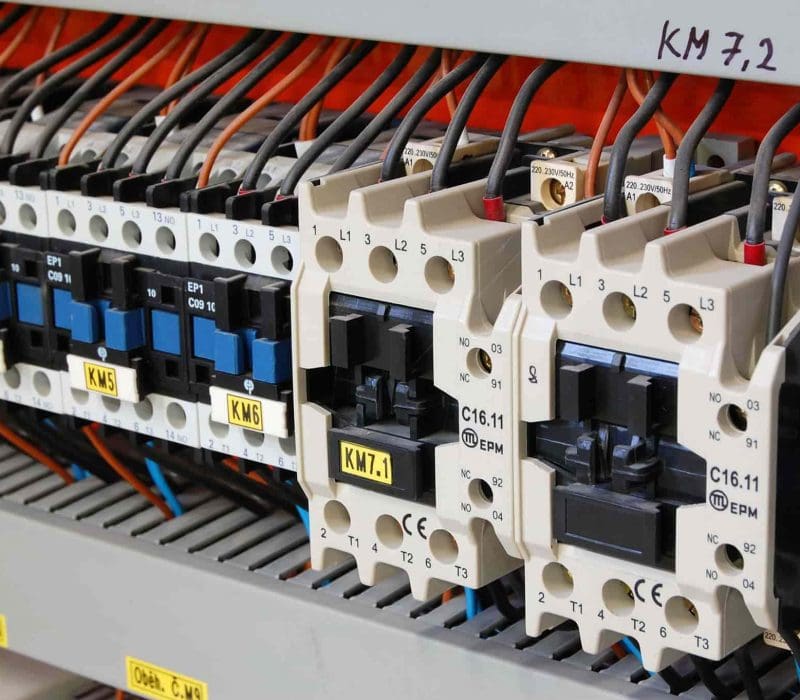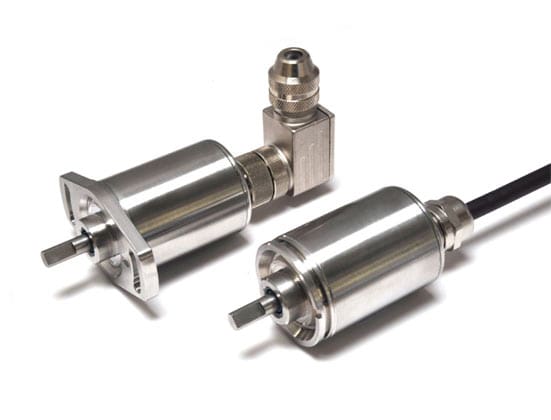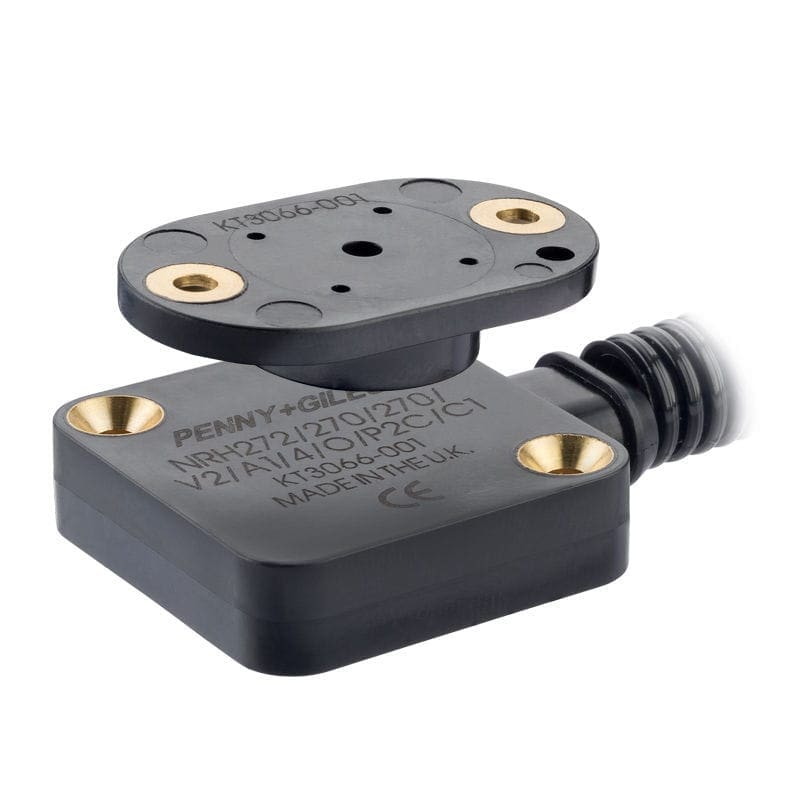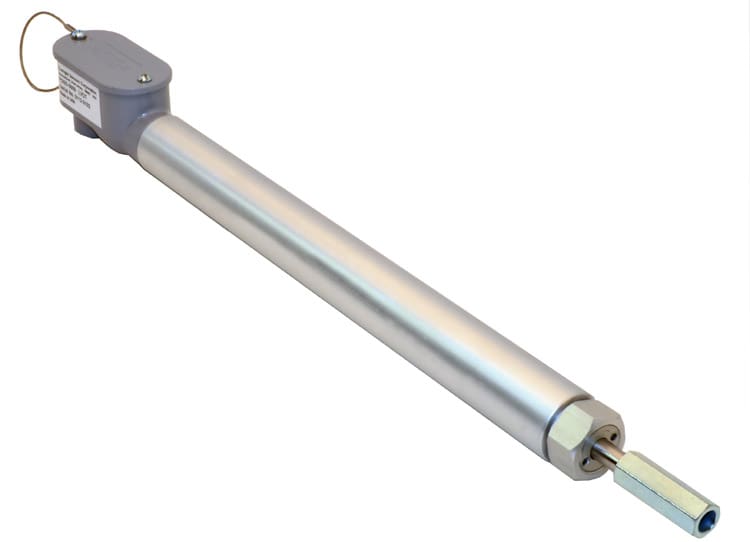
Types and Uses
Linear, Angular and Multi-Axis
Sensor selection makes or breaks an electrical system design. Whether the goal is to generate data on the position of an automated electric-over-hydraulic jack responsible for pushing thousands of feet of jointed pipe, monitoring the micro-level expansions of biological samples in a stretching apparatus, or even gauging the long-term shifts in wall supports under high-pressure or high-temperature conditions, you are eventually going to need a quality position sensor. Identifying the best position sensor requires more than glancing at sensitivities. You must determine what style of sensor will best fit in your allotted space. You must understand what measurement tolerance is acceptable. You must identify how easy the sensor is to replace.
Position sensors come in a variety of types:
- Linear
- Angular
- Multi-Axis
The type of sensor will often give you identifiers for spatial dimension requirements. If you have a small cube of space to fit the sensor in, then an LVDT (Linear Variable Differential Transformer) might not be optimal because it relies upon a small bar moving through a magnetized cylinder and therefore requires a long but narrow space to use effectively. Perhaps an angular sensor is the better choice for this design's space. A rotary encoder uses a wheel with etched gradations along the exterior rim to monitor displacements. Likewise, if you are only interested in unidirectional displacements, there is no need to invest in x- and y-axis measuring accelerometers.
This is not to suggest that one sensor is generally better than another. Sensors are only better fits for a given design. For example, LVDTs are great for environments with plenty of space to operate, such as measuring excised monkey muscle contractions in an electrophysiological experiment. Rotary encoders are perfect for tight spaces, such as monitoring the activity of unwinding coiled tubing reels.
All technology has an end of life. This must be considered during the sensor selection process. In many circumstances, replacement components available from alternative vendors. If TT Electronics stops producing an linear position sensor with a specific size and/or tolerance level, then an LVDT with similar characteristics is likely available through TE Connectivity Measurement Specialties or one of the alternative manufacturers. This is not always true, however. Especially given hazardous area ratings or similar special circumstances.


